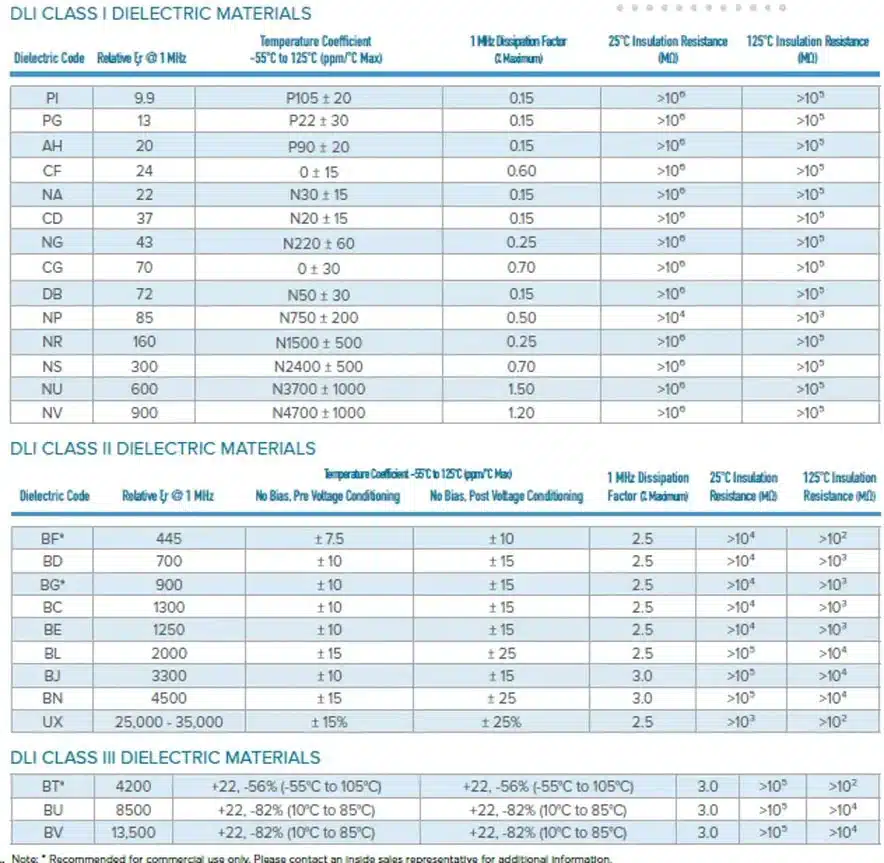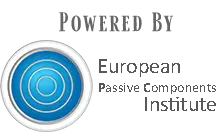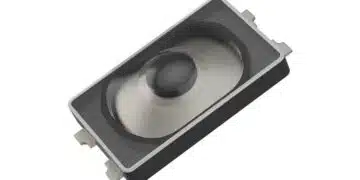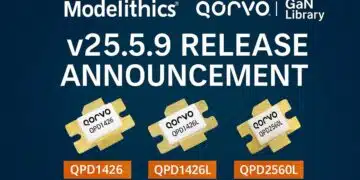This article based on Knowles Precision Devices blog explains role of dielectric material when choosing high-frequency capacitors.
Radio frequency (RF) and microwave applications involve the transmission and receipt of high-frequency electromagnetic signals. RF refers to alternating current (AC) signals at 3 kHz to 300 GHz, and microwave refers to a higher range, closer to 300 MHz to 300 GHz.
Capacitance, and by extension impedance, varies with frequency, so capacitors play a variety of critical roles in these RF and microwave circuits. With many options for configuration, they function in energy storage and voltage regulation, DC blocking, impedance matching, filtering and more.
When choosing high-frequency ceramic capacitors for radio frequency (RF) and microwave applications, several factors come into play. Let’s explore some key considerations:
- Dielectric Material:
- The type of dielectric material significantly impacts the capacitance achievable in a given area.
- For AC coupling/DC blocking applications with more forgiving requirements, consider Class II dielectrics.
- For tighter tolerances, such as LC filters, Class I dielectrics are preferable due to their excellent stability and low-loss characteristics.
- Additional Factors:
- Low Loss Tangent: Opt for materials with a low loss tangent to reduce dielectric loss.
- Uniform, Isotropic Dielectric Constant: Minimize inconsistencies like impedance changes within the circuit.
- Batch-to-Batch Repeatability: Ensures consistent manufacturing.
- Smooth Surface Finish: Reduces conductor ohmic losses.
- High Thermal Conductivity: Important for power electronics circuits.
- Thermal Expansion: Comply with component and package requirements.
Understanding the capacitance achievable in a given area is an important factor in choosing capacitors for your application. This is ultimately determined by the type of dielectric material that can meet your application requirements for space and capacitance, see Figure 1.
For AC coupling/DC blocking applications where capacitance tolerance and temperature stability requirements are more forgiving, consider Class II dielectrics. In applications with tighter tolerances, like LC filters, Class I dielectrics are a better choice because of their excellent stability and low-loss characteristics.
A majority of Knowles Precision Devices’ single-layer capacitors (SLCs) are 0.02” x 0.02” (20 mil sq) to 0.03” x 0.03” (30 mil sq). That said, we’ve seen growing demand to lower case sizes to 0.010” x 0.010” (10 mil sq). To meet this demand, Knowles Precision Devices has a range of offerings from a dielectric constant (K) of 9 through 45000. See Figure 2 for Knowles Precision Devices Class I and Class II dielectric materials and relevant specifications.

There are additional factors at play when selecting components for high-frequency, high-performance applications. Substrate properties, like surface finish, and fabrication processes, like metallization, impact the accuracy of line width and gap width. Both of these parameters impact overall circuit performance.































